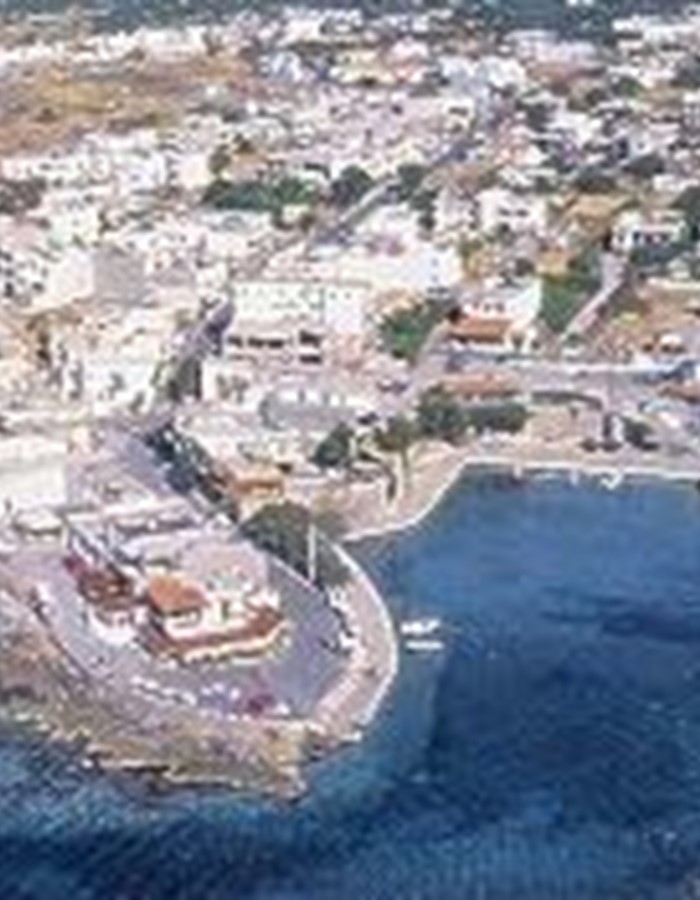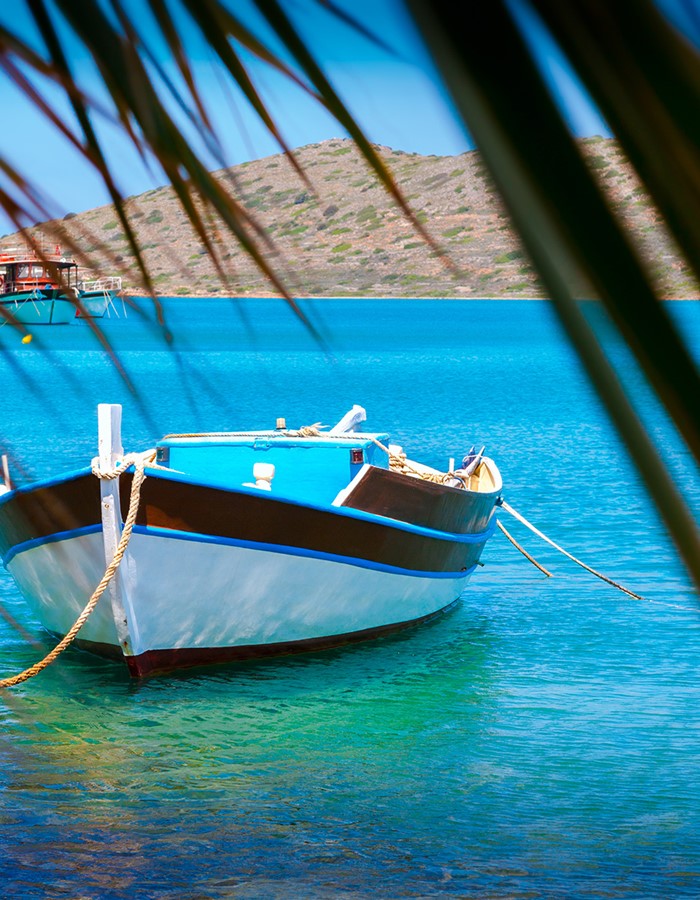Lassithi Plateau
The plateau is 850 metres above sea level. It is 12km from east to west and 6km north to south and surrounded by high peaks, the highest is Spathi at 2,418 metres above sea level. These peaks protected the inhabitants of the plateau from attack. There are two entrances to the plateau: one is from the side of Agios Nikolaos and the other is a pass into the plateau coming from the Heraklion side through Kera. The Seli Ambelos Pass, at 900 metres, is dotted with abandoned windmills on either side. There is an impressive view of the plateau from here.
The fertile soil of the Lassithi Plateau is due to alluvial run-off from the mountains when the snow melts in the spring. The ditches on the plateau were installed by the Venetians in 1631 when they wanted to insure a good harvest. The irrigation was handled by the many visible windmills seen in the plateau.
The main crops of the plateau are potatoes and apples. There are also many almond trees which blossom in late January (the Brides of Winter) giving the plateau a wonderful appearance.
People have inhabited Lassithi since Neolithic times (6000 B.C.) except for a period of 200 years during Venetian rule. The Venetians could not control the inhabitants of Lassithi because of its position in the mountains, so, once the people were relocated, they forbade the plateau to be inhabited under penalty of death. You may circle the plateau, visiting its villages along a paved road.
During the revolution (1866 - 1869) the plateau of Lassithi became the centre of operations for the whole of eastern Crete.
The "Dikteon" cave
Some 200 meters uphill west of Psychro town is the Diktaean Cave. This Minoan cult cave, in 1880, has been identified by many archaeologists as the famed Diktaean Cave of Greek mythology, the place where Zeus was born - comparable to the Cave of Bethlehem of Christian antiquity. It's also one of the most beautiful and impressive of the 3.400 caves in Crete.




